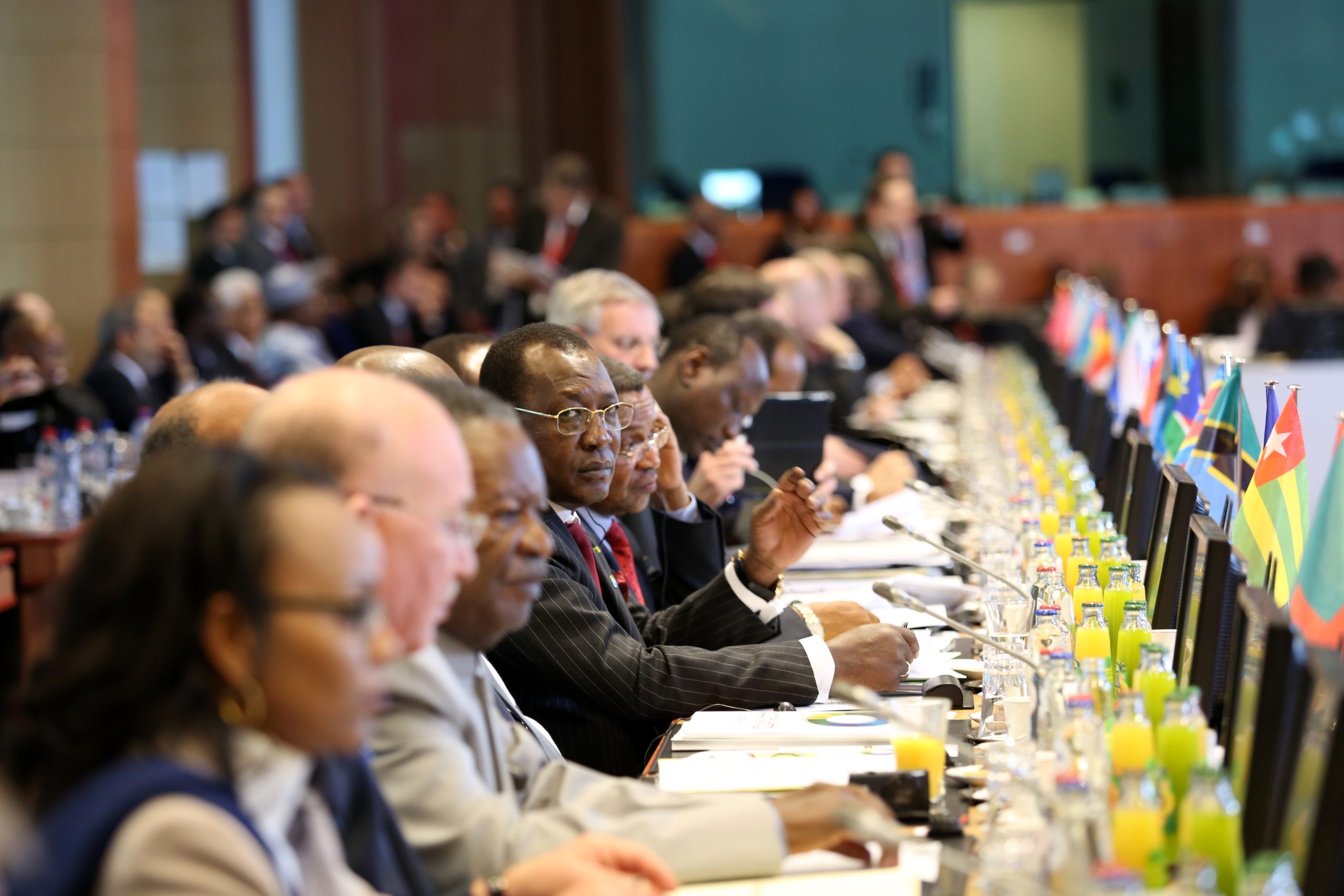The EU’s Critical Raw Materials Act provides an opportunity to redefine the EU’s relationship with Africa – but it can only do so with the mining sector and European industrial actors on board.
The European Union’s Critical Raw Materials Act proposal, presented by the EU commissioner for the internal market, Thierry Breton, on 16 March, outlines the EU’s plans to compete in the critical raw materials (CRM) space. CRMs are essential to the EU’s green and digital transitions, as well as defence and space technologies.
The act considers both the EU’s own capacity to supply CRMs and its need for external supplies, creating an opportunity to redesign the EU’s relationship with Africa. But it will only be able to do so if key stakeholders are brought to the table.
Bold ambitions
With the CRM act, the EU proposes a shift from naivety to rapid action. This is already evident in the act’s definition of a sub-set of CRMs as ‘strategic raw materials’, for which increasing production will be difficult, contributing to supply risk. The list includes the main battery minerals, which are core to leading European industries including electric vehicles and energy storage for green energy systems.
The CRM act aims to strengthen the value chains for these strategic raw materials in the EU, from their extraction to processing and recycling. To do so, it will select ‘strategic projects’, which will benefit from streamlined permitting. The act sets targets to extract 10 per cent, process 40 per cent, and recycle 15 per cent of the EU’s annual consumption of strategic raw materials within the EU.
The CRM act also aims to diversify the sourcing of CRMs from elsewhere. To achieve this, the EU will forge ‘strategic partnerships’ with third countries. Through these partnerships, it will aim to integrate industrial and mineral value chains with partner countries, and cooperate with them to identify strategic projects. The EU has already signed partnerships with Canada, Ukraine, Namibia, and Kazakhstan; more are in progress, including in Africa. With resource-rich developing and emerging countries in particular, the EU intends to differentiate itself by contributing to sustainability and local value addition. It will use the Global Gateway to support infrastructure, connectivity, and CRM projects.
To realise these ambitions the EU will need to engage with the private sector, within and outside its borders, to structure, fund, and implement the necessary projects. In the context of strategic partnerships with African countries, this will mean bringing to the table the African mining sector and European industrial actors – neither of which is currently engaged in these discussions. These actors should inform European priorities and inject a useful dose of realism.
Connecting with the mining sector in Africa
Most exploration in Africa is undertaken by companies from Canada, Australia, the United Kingdom, and South Africa, which between them accounted for 80 per cent of exploration expenditure on the continent in 2022. These are mostly junior and mid-size companies, funded by specialised risk equity through capital markets in Canada and Australia. There is little overlap between them and those active in Europe.
Africa’s mineral potential remains largely unknown. Defining new resources will require significant exploration investment, which despite the CRM hype is not flowing. Africa is allocated only a small proportion of global exploration funding, with some estimates as low as 10 per cent for 2022, more than half of which is spent looking for gold. Less than 25 per cent of this funding focuses on generating new discoveries. These trends are set to continue in 2023 with geopolitical disruption and economic headwinds affecting metal prices and fundraising. Governance concerns, resource nationalism, and the lack of infrastructure explain Africa’s low score, as a region, for mining investment attractiveness. Nonetheless, following a period of retreat, some mining majors are set to return to Africa, signalling renewed confidence.
Strategic partnerships in Africa need to enable a flurry of new CRM exploration projects, which requires investment to be more attractive, even if this mostly benefits non-EU companies and investors.
When selecting strategic partners, the EU should therefore focus on the most investable countries. It should also consider regional networks of projects for greater impact and risk diversification. Current European priorities do not necessarily match mining investment trends. To understand the opportunities and challenges, the EU needs to engage with mining actors both in African countries where they operate and in financial centres where investment decisions are made. The EU’s presence at Indaba and PDAC, the two most significant events for African mining, is a good start.
Strategic partnerships will entail more cooperation on skills (a global emergency in minerals), the improvement of regulatory frameworks and enforcement capacity, and infrastructure funding. These factors will contribute to improving the investment climate in Africa.
Mobilising European industry
The EU aims to help narrow the global investment gaps in CRM value chains, while boosting competitiveness, sustainability, and security. To achieve this in Africa, it also needs to mobilise European industry, particularly in the battery sector.
Despite their importance, the exploration and extraction of battery minerals remain significantly underfunded. This could result in a lack of new discoveries, increasing supply shocks to emerging processing capacity (where investment has focused to date) and competition for access to resources.
This sector needs direct investment, which European industrial companies could provide. Recent announcements from manufacturers such as Volkswagen and Stellantis show increasing understanding of this. However, much of the conversation continues to focus on securing supply and managing pricing exposure through offtake agreements (long-term purchasing arrangements), which are insufficient to bridge the funding gap.
European industry participation will also be needed to meet the expectations of African countries for investment in local value addition, which have been stoked by European statements and the communication accompanying the CRM act proposal. These companies’ cooperation will be necessary to design and implement processing and manufacturing projects which can integrate with European value chains. This will also require investment, including from manufacturers currently reluctant to invest in emerging countries presenting reputational risks – relying solely on the mining sector for this has not proven effective in the past. In battery minerals in particular, manufacturers’ investment would not only support growth directly but also encourage other investors by clarifying strategic choices and demand signals relating to battery chemistry.
The EU needs to encourage these investments. It is already taking steps to make investment more attractive to European industry, for example classifying extraction and processing as sustainable activities under the EU taxonomy. But more can be done: recent examples of credit enhancement by member states indicate their capacity to put public funding at risk to strengthen CRM value chains; the European Investment Bank group and European development finance institutions can also help strengthen CRM value chains between the EU and Africa.
Building on the intentions in the CRM act proposal, the EU’s strategic partnerships with African countries could define a new role for the EU in CRM value chains and in Africa. But the EU can only create a strong coalition around shared objectives by facilitating connections between the African mining sector, European industry, and African states.


